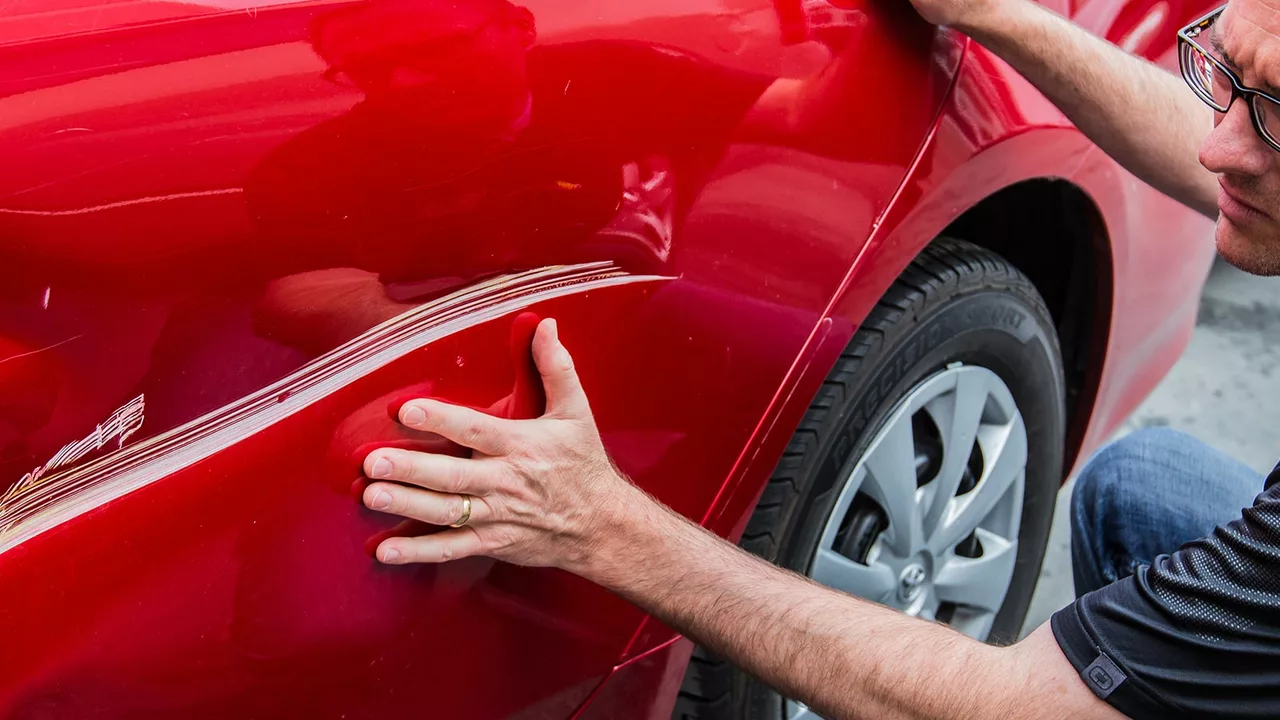Installation Tips for Derbi MotoSport Parts
Got a fresh set of Derbi parts and wondering how to get them on the bike without a headache? You’re in the right spot. We’ll walk through everything you need – from the right tools to the exact steps – so you can finish the job confidently.
Tools & Prep
First thing’s first: gather your tools. A basic set includes a metric socket set, torque wrench, screwdrivers (flat and Phillips), needle‑nose pliers, and a good cleaning rag. For brake work you’ll also want a brake bleed kit and fresh fluid. If you’re swapping a fairing or bodywork, a plastic pry bar prevents scratches.
Safety gear matters too. Throw on gloves, eye protection, and keep a fire‑proof mat if you’re handling fuel‑related parts. A clean, flat workspace makes a huge difference – no loose bolts or dirt to get into the engine.
Before you start, read the parts’ instruction sheet. Most Derbi components come with a short PDF that lists torque specs and any special warnings. Stick to those numbers; overtightening can crack a bolt, and under‑tightening can let things wobble.
Step‑by‑Step Guide
1. Remove the old part. Use the appropriate socket to loosen bolts in a cross‑pattern when possible. This keeps the mounting surface even and avoids warping. Keep the bolts in a small tray so they don’t get lost.
2. Clean the mounting area. Spray a brake‑safe cleaner on the surface, wipe with a rag, and make sure no old gasket material or debris remains. A clean surface ensures a tight seal for things like exhausts or brake calipers.
3. Check the new part. Compare it to the old one – holes, mounting points, and any rubber seals should line up. If anything looks off, double‑check you have the correct model number.
4. Fit the part loosely. Hand‑tighten the bolts first. This lets you see if any shims or spacers are needed. For brake components, make sure the pistons move freely and the caliper sits square.
5. Torque to spec. Switch to your torque wrench and tighten bolts in the sequence given in the manual. Usually it’s a criss‑cross pattern, ending with a final pass at the exact torque value.
6. Test function. Turn the bike over, pump the brakes, check for leaks, and listen for any abnormal noises. If you installed an exhaust, make sure the mounting bolts stay tight after a short ride.
7. Final check. After a short run, re‑inspect the bolts. Heat can cause slight expansion, and a quick re‑torque can save you from a loose part later.
That’s it – a simple, no‑nonsense process to get your Derbi parts installed right. Remember, taking a few extra minutes to prep and follow torque specs will pay off in performance and safety. Happy riding!"
If you're looking to have a body kit installed on your car, your local auto body shop would be a good first stop. These shops have professionals who specialize in modifying cars. You can also consider specialized tuning shops that focus on custom car modifications. It's important to do your research and find a reputable shop with positive reviews. Remember, quality installation is key to ensuring your body kit enhances your car's look and performance.

 Motorsports and Racing
Motorsports and Racing